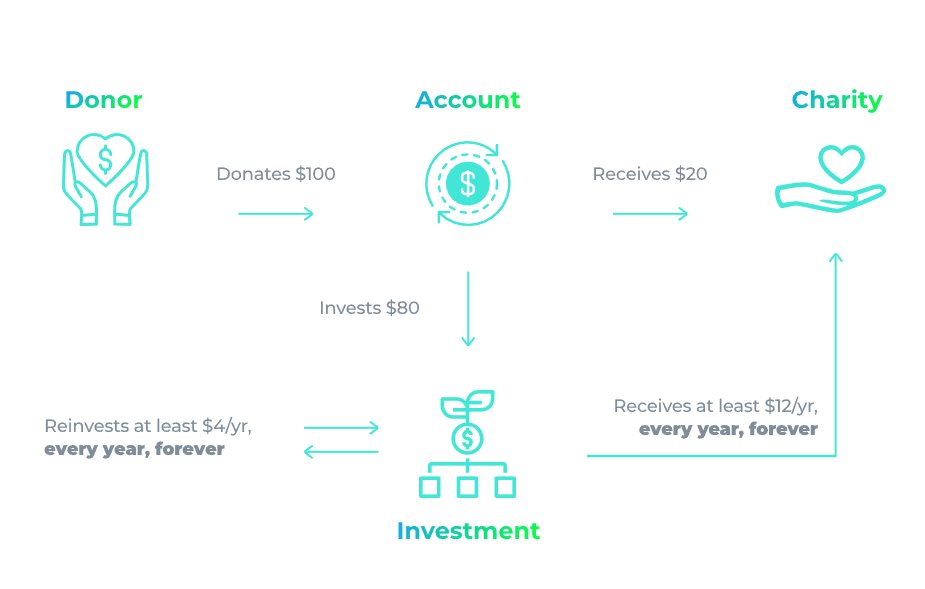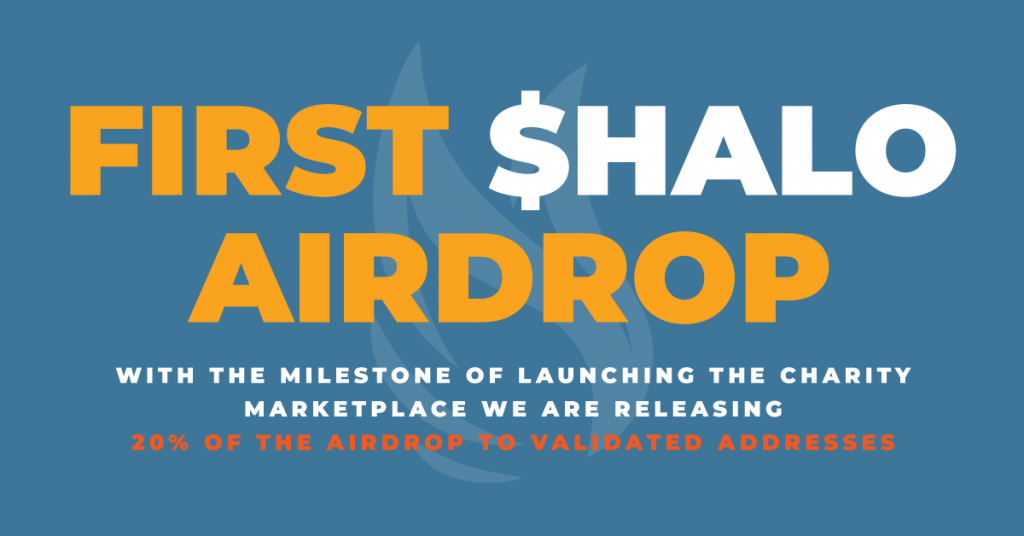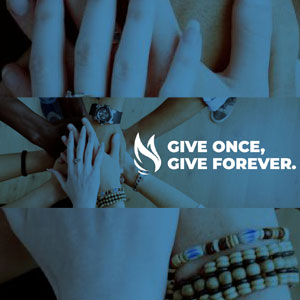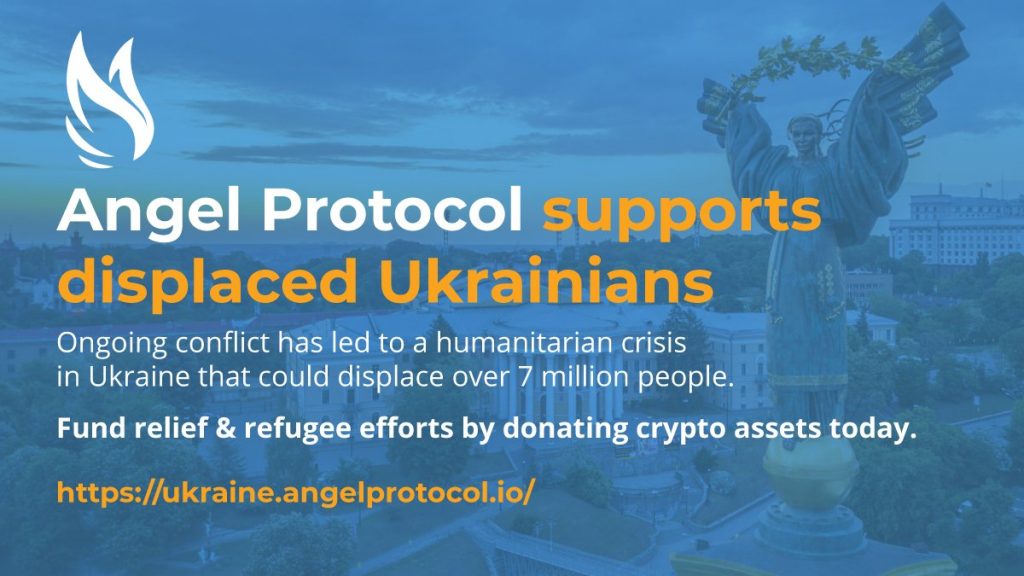
Written by: Ares
Web3 is continuously building its presence and infiltrating modern life. Most of us probably think of web3 as a suitable place for the latest and most futuristic tech innovations the human mind has created. Fortunately, the beauty of web3 relies not only on assembling the future, but conserving the ancestral values of the past.

Introduction
Pro-social behaviors seem to be appearing on the public stage more than before. Philanthropy has become not only a moral value and ethical act, but a standard of the civilized world, and lately, a token for status and wellbeing.
Media attention to donors, the richest men in the world constantly giving to charities, nonprofit organizations gaining popularity, it all contributed to the success of this whole “will to help” mentality.

Angel Protocol has found its way into this philanthropic market by aiming to solve one of the biggest issues charity foundations all over the world face. Liquidity issues, scarce capital reserves, and tight exposure to potential donors to name a few.
Rather than getting into technical details or personal motivations and reasons for creating the protocol, I want to focus on the difference that this initiative has created between individual non-DeFi donations and web3, DeFi donations.
Summarized, this paper intends to speculate on the reason why people donate more with the help of Angel Protocol. If you would like to help the Ukraine via Angel Protocol, direct your web browser to Ukraine.angelprotocol.io.
Short History of Philanthropy
Even though in the past, philanthropy was mainly focused on helping out the sick or vulnerable people like orphans and widows, or any of the other helpless individuals of the time. Since the industrial revolution, and especially in the XX century, these responsibilities were taken by governments through the use of social programs.
After these areas of interest were basically institutionalized, philanthropy did not disappear, but infiltrated deeper into the same areas of interest, in a more extended manner, which aimed to function simultaneously and separately by the state.
Bob Payton defined philanthropy as, “Voluntary action for the public good” or, “Voluntary contributions (money, goods, time/expertise) to the public good, given by individuals and organizations and dominantly benefiting the public good.” (Payton 1988)
As in the past philanthropy was focusing on simply helping out the disadvantaged people (did not really matter the category or reason), nowadays it can be classified into various categories according to “The Giving USA.” Any philanthropic act is surely driven by involvement, consisting of a legalized, ethical way of redistributing wealth for a good cause.
Besides these aspects, philanthropy also means power, the possibility of influencing and shaping one’s future. As an example, “The donor provides money, time and ideas for a project, which he or she alone, or in connection with other donors, attempts to control. Philanthropy always has something to do with power and the shaping of the future of society.” (Adam, 2004)
Contemporary Philanthropy
Even though the initial purpose of philanthropy was redistributing wealth to those in need, the last 2 decades seems to have changed a bit in terms of choosing who or what will benefit from these acts of goodwill.
In “How Philanthropy Benefits the Super-Rich” the truth is revealed to show that reality differs a lot from the general opinion about philanthropy. As an example, the biggest donations in education in 2019 went to the elite universities and schools that the rich themselves had attended.
In the UK, in the 10-year period to 2017, more than two-thirds of all millionaire donations – £4.79bn – went to higher education, and half of these went to just two universities: Oxford and Cambridge.
When the middle and upper class give money to schools, they give more to those attended by their own children than to those of the poor. British millionaires in that same decade gave £1.04bn to the arts, and just £222m to alleviating poverty.” (Vallely P., 2020)
Instead of decreasing social polarity, they often maintain it. By enhancing their own areas of interest, over time, the system continues to favor the rich and well off.
As philanthropy often coincides with power and influence, doing good might sometimes coincide with not only the supreme benefit of society, but with the donor’s best interests.
Even though statistically, philanthropy has risen in the last decade in terms of adoption, raised amount, and popularity among masses, it has failed to fulfill the most basic needs of the poor in the US.
“The collective actions of 90,000+ foundations, after decades of work, have failed to alter the most basic conditions of the poor in the US.” (Albert Ruesga)
Why Angel Protocol Might be the Solution

Angel Protocol is aiming to bring the whole philanthropy market to the next level using web3, and more precisely, blockchain technology.
“Angel Protocol is a global social enterprise that leverages revolutionary decentralized finance (DeFi) yield mechanisms such as Anchor Protocol’s 20% earn functionality to create perpetual charity endowments.” (Angel Protocol’s litepaper)
Angel Protocol differs a lot by classical philanthropic standards and usual acts of charity in a number of ways. One of Angel’s biggest advantages is the fact that it’s available 24 hours a day from the convenience of your computer or mobile device, basically anywhere in the world.
Imagine being able to donate any time, anywhere, with minimal effort. In just a few clicks you can contribute to several different charities listed on the Angel Charity Marketplace.
Are people using it? Up to this point, Angel protocol has raised over $2M for over 65 charities in 2021 split as follows: Restore Earth Campaign — $834K, The Angel Alliance — $542K, $HALO token sale — $633K and counting.
Living on the Terra Blockchain, Angel Protocol exists in constant proximity to one of the most profitable communities in the crypto space from last cycle, Luna. Even if Angel Protocol has its own native token, Halo, many LUNAtics are regularly donating funds to charity using the protocol.
Let’s take a look at why the LUNAtics are so generous.
Hypothesis One
The first hypothesis relies on common and general benefits of being good and generous with others. Basically, people who want to feel better overall, will search for ways to do good and engage in altruistic actions.
Studies have shown a strong, proportional link between prosocial acts and the state, or wellbeing of someone. For this, terms must be defined in order to extend comprehension of the matter.
Prosocial behavior—acting kindly, cooperatively, and with compassion toward others—is perhaps most remarkable in its pervasiveness. For example, more than a quarter of Americans aged over 16 took part in volunteering activities between 2011 and 2015. (Bureau of Labor Statistics, U.S. Department of Labor, 2016)
Well-being is an umbrella term used to describe the optimal psychological experience and functioning of humans (Deci & Ryan, 2008)
“In a more general sense, well-being can be defined as feeling hopeful, happy, and good about oneself, as well as energetic and connected to others” (Post, 2005, p. 68)
Mildlarsky (1991) proposed some variables to show how prosocial behaviors can benefit not only those who are given, but the giver as well.
First indicator is that prosocial behavior enhances self-esteem and the way one sees themselves in terms of competence, eliminates focus from one’s own individual problems and stress, makes the giver realize the broader meaning of life, implies good mood and of course, helps with social integration in an organic, fulfilling manner.
Danner, Friesen, and Carter (2007) focused more on the link between prosocial behavior and health, although not necessarily from a psychological point of view. According to their theory, empathy, positive emotions, and gratefulness were associated with improved cardiovascular functioning and stronger immune response to external pathogens.
In addition, numerous studies conducted on volunteers have shown this activity to reduce symptoms of depression and increase longevity among all age groups.
Hypothesis Two
The second hypothesis relies on the fact that people are subject to social contagion. This means it only takes one small group of people (preferably known or respected in the community) engaging in acts of philanthropy for the rest of the herd to follow.
Basically, it only takes a few beloved Terra members to get the word out. Once the larger community finds out about their donations, they will tend to act in a similar way.
This social contagion can amplify the spread of information in a social network. The enormous flux of available social media content often saturates one’s ability to process information.
In most studies of information propagation, users are considered exposed if they received a message, regardless of whether or not they saw it, which can lead to counterintuitive results suggesting that additional exposures inhibit response. (Hodas, N., 2014)

Of course, another contributor to popularity of Angel Protocol possibly comes from the Galactic Angel airdrop which was a gift for members who donated 100 UST or more to the Restore Earth charity campaign.
Terra NFTS hype combined with social contagion and networking on various social platforms resulted in the perfect recipe for a successful Angel Protocol campaign.
Hypothesis Three
The third hypothesis relies on gratitude and a desire to share and express happiness in the manifestation of positive financial status. Taking into consideration the last year, Luna has been among the top performers, reaching 100x. Most hodlers are ecstatic and ready to share with those less fortunate.
Individuals are also concerned about reputation, or one’s social standing, and this affects charitable giving. There is a significant amount of research suggesting social pressure not only affects what someone gives, but also who they give it to, and that publicly observable opportunities for donations are particularly effective. (Bekkers and Wiepking 2007)
In addition to the social benefit of reputation, there are psychological benefits that impact giving as well. Individuals also give to improve their self-image and mood. Further, those with positive self-images and moods are more likely to give.

If someone makes a fortune in crypto in a relatively short time with fairly minimal effort, they should feel amazingly lucky, sometimes even wishing others could benefit from these fortunate times as well.
Several demographic characteristics are used to predict and analyze what kind of people are prone to giving. Researchers found that income is a crucial factor when it comes to charity donors and philanthropists.
According to economists Robert McClelland and Arthur Brooks, giving as a function of income has a U-shaped pattern. People in the lowest and highest income groups give larger proportions of their incomes to charity than individuals in middle-income groups.
A plausible explanation for this is that people in lower-income groups tend to give more to religious organizations, while people in higher-income groups simply have more disposable income. (Murillo, R., 2005)
Angel Protocol is a successful embodiment of web3 application and utility in the real world, not to mention it’s perfect integration in one of the most desirable sectors right now, the crypto space.
Bibliography
- Adam, T. (ed.) 2004: Philanthropy, Patronage and Civil Society. Experiences from Germany, Great Britain, and North America. Bloomington: Indiana University Press
- Bureau of Labor Statistics, U.S. Department of Labor. (2016). News release: Volunteering in the United States 2015. Retrieved from www.bls.gov/news.release/volun.nr0.htm
- Danner, D. D., Friesen, W. V., & Carter, A. N. (2007). Helping behavior and longevity: An emotion model. In S. G. Post (Ed.), Altruism and health: Perspectives from empirical research (pp. 246 –258). New York, NY: Oxford University Press. http://dx.doi.org/10.1093/acprof:oso/ 9780195182910.003.0016
- Deci, E. L., & Ryan, R. M. (2008). Hedonia, eudaimonia, and well-being: An introduction. Journal of Happiness Studies, 9, 1–11. https://acuresearchbank.acu.edu.au/item/89zxv/hedonia-eudaimonia-and-well-being-an-introduction
- https://www.angelprotocol.io/
- https://www.theguardian.com/society/2020/sep/08/how-philanthropy-benefits-the-super-rich
- Hernandez-Murillo, R. and Roisman, D. (2005) “The economics of charitable giving: what gives?”, The Regional Economist, (Oct), pp. 12-13.
- Hodas, N., Lerman, K. The Simple Rules of Social Contagion. Sci Rep 4, 4343 (2014). https://doi.org/10.1038/srep04343
- Midlarsky, E. (1991). Helping as coping. In M. S. Clark (Ed.), Prosocial behavior (pp. 238 –264). Thousand Oaks, CA: Sage.
- Post, S. G. (2005). Altruism, happiness, and health: It’s good to be good. International Journal of Behavioral Medicine, 12, 66 –77. https://pubmed.ncbi.nlm.nih.gov/15901215/
- Ruesga, G.A., 2010. Philanthropy’s albatross: debunking theories of change. The Greater New Orleans Foundation.
- Vallely, P., 2020. Philanthropy: From Aristotle to Zuckerberg. Bloomsbury Publishing.





